PopBabies Portable Blender In-depth Review

Overall Verdict
The best thing about the PopBabies is its incredible mobility. That said, this comes at the sacrifice of versatility and efficiency. In fact, using a battery-powered personal blender shouldn't be about functionality, but about affordability, portability, and convenience, which is why you’ll find this blender comes short in power and blade design. This, as a result, makes it less likely a good choice should your blends include dense and fibrous ingredients, like raw nuts, dried fruits, kale, spinach, and celery. With a 175-watt motor, it can churn through frozen food, but we found the results will be mostly subpar while the process demands a lot of effort. Considering this, it’s apparent that your PopBabies won’t be up to the task of crushing ice so don’t try to find any shortcuts to get the job.
Things We Like
- The cordless design allows for blending on-the-go.
- It is pretty useful when it comes to making small batches of baby food and fresh fruit smoothies.
- The battery is easy to charge.
Things We Don’t Like
- It’s inadequate for blending tough ingredients like frozen fruits and raw nuts.
- The cup’s small capacity limits the quantity of ingredients.
- Food must be cut into very small pieces before blending.
- The low cost of the blender is reflected in its flimsy construction.
- The cup’s small opening makes it messy to add ingredients.
- The need to shake the blender during operation
As of the time of writing, PopBabies’s portable blender lineup includes two versions—the Classic version and the Improved version. In this review, we will be focusing on the Classic version, which we purchased of our own accord and have been testing for several months. You’d be easily pressed to tell this PopBabies apart from its rivals on looks alone, but our hands-on experience suggests that its functionality needs a lot of room for improvement.
2.3 Performance
Our testing on household blenders has revealed several drawbacks in the PopBabies actual practicality. Despite its claims of producing smooth blends, the results were far from satisfactory. Be it protein shakes, frozen fruit smoothies, or fibrous mixture, they all came out chunky and texturally inconsistent. Nonetheless, we believe this blender may still be suitable for blending softer fruits and vegetables, or for making simple purees as long as you remember to chop the ingredients into smaller pieces.
2.8 Protein Shake


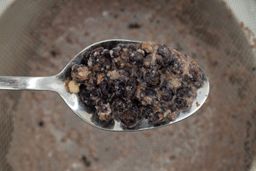
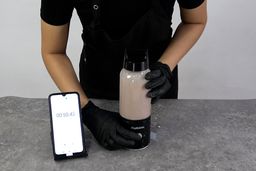
The testing of the PopBabies blender resulted in a disappointing outcome. Despite the blending session lasting for three minutes and twenty seconds, the oatmeal and almonds were blended well but the almonds remained largely intact, resulting in a chunky and texturally inconsistent shake.
One potential reason for this subpar testing performance is the blender's 175-watt motor, which appears to lack sufficient power to churn through such a tough ingredient. An inadequate blade design and jar shape can be factors that hinder the blender's efficiency as well.
However, it is important to note that the PopBabies blender had a notable advantage compared to other blenders. During the test, it did not become clogged with food, allowing the blades to turn smoothly and continuously, with minimal disruptions, except for the required idle blending time. Considering this, the PopBabies seems to be not a bad choice for those seeking a quick and convenient solution to make fruity work-out treats. To ensure the best possible results, just make sure to use only soft ingredients.
4.0 Frozen Fruit Smoothie
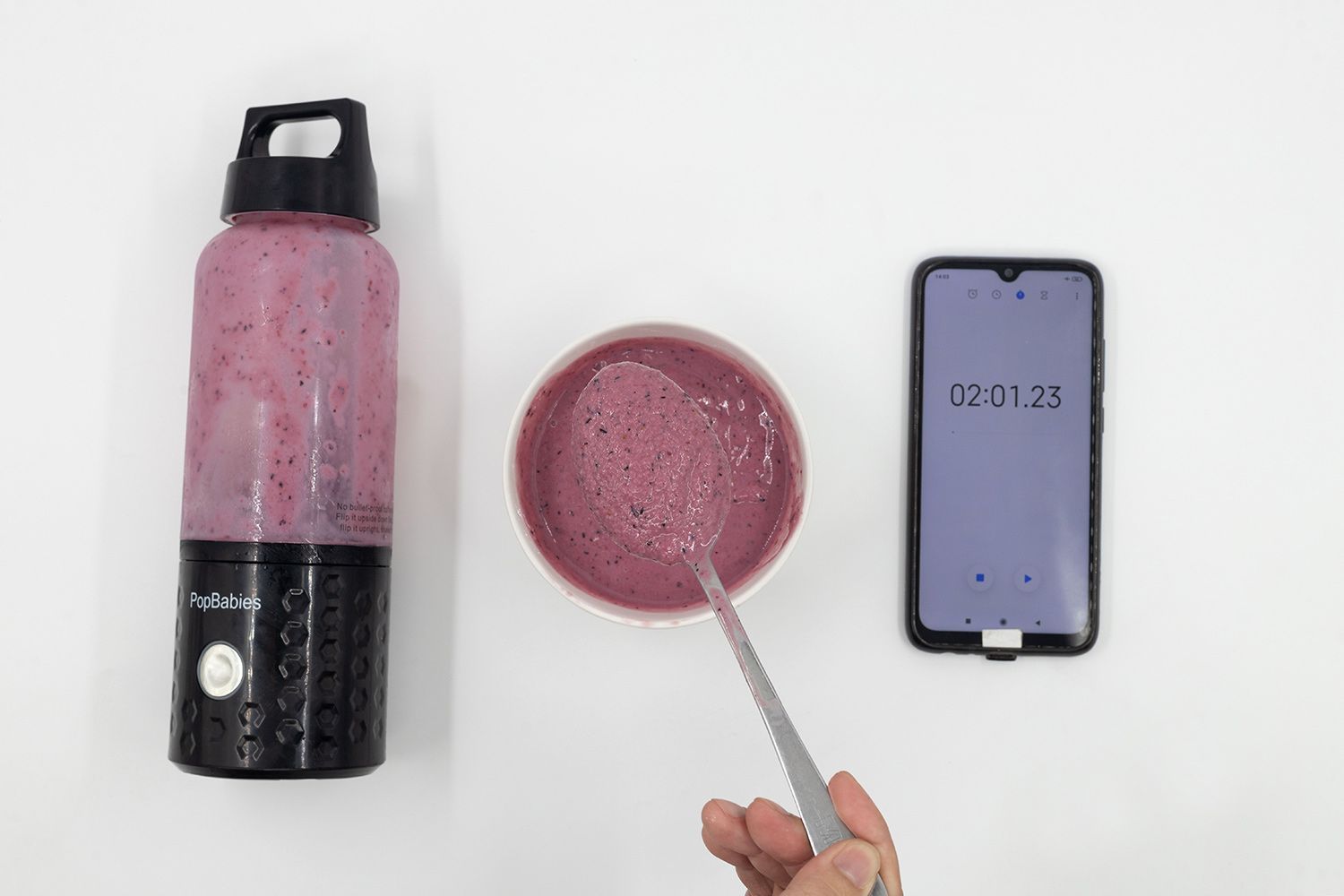



The smoothie-making capability of the PopBabies was put to the test using four varieties of berries. Eventually, we found that this blender could achieve a smooth mixture within the allotted time of 2 minutes. That said, the final product did not meet our desired outcome of a thick, icy consistency due to the dilution caused by the fast-thawing nature of frozen fruits. Some other blenders we tested completed the task in only 1 minute so the smoothies they produced were perfectly ice-cream-like (for instance, the Ninja Fit, the NutriBullet, and the Ninja BN401).
Even worse, the blender itself couldn’t run smoothly, as opposed to the prior test with protein shakes. The fruits were so solid that the blades couldn’t power through so we had to intervene multiple times by shaking the cup vigorously. Nonetheless, we believe this blender still makes sense for all of us when it comes to preparing small batches of smoothies as long as our ideas of drinks involve fresh fruits instead of frozen ones.
Failed Fibrous Greens


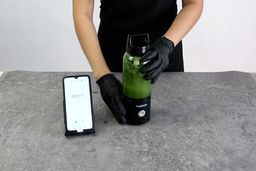
It is unclear why the PopBabies blade failed to spin at the outset of our test, but it is possible due to the small size of the blending cup and the large amount of greens we used. To get the food to circulate properly, we had to shake the cup vigorously, which was time consuming and left us underwhelmed, though, after several attempts, we finally got the blender to run for the required 20 seconds. Following this, we strained the mixture through a mesh strainer and were dismayed to find a significant amount of pulp still remained. This indicated that the blender didn’t extract the full range of nutrients and flavors from the greens. Apparently enough, if your aim is to maximize the nutritional value of your vegetables, this blender may not be an ideal choice.
Failed Crushed Ice Cubes
Given our experience with the blender in previous performances, it would have been reasonable to have low expectations for its capability in this test. However, we still gave it a fair shot.
And again, this blender became obstructed by the ingredients even when we had tried hard to shake the cup repeatedly. To be fair, though, personal blenders like this one are not designed for heavy-duty tasks like crushing ice due to their lack of power. Pushing your device beyond its limits can cause wear and tear that will inevitably impact its overall performance, even in more standard blending tasks. If you want fluffy, snow-like crushed ice or desire to incorporate ice into your smoothies, it may be worth investing in a high-performance blender, such as the Ninja Nutri Auto-IQ.
6.1 Design
The PopBabies boasts a mobile-friendly design that's both convenient and space-saving. However, the blade is poorly constructed and lacks robustness. The blending cup is made of hard plastic, which becomes scratched and cloudy after only a few uses. Although the motor is heavier than expected for a cordless personal blender, it's easy to operate. Overall, the PopBabies is built for the price, but we'd appreciate higher-quality materials and a more aesthetically appealing design.
In the Box
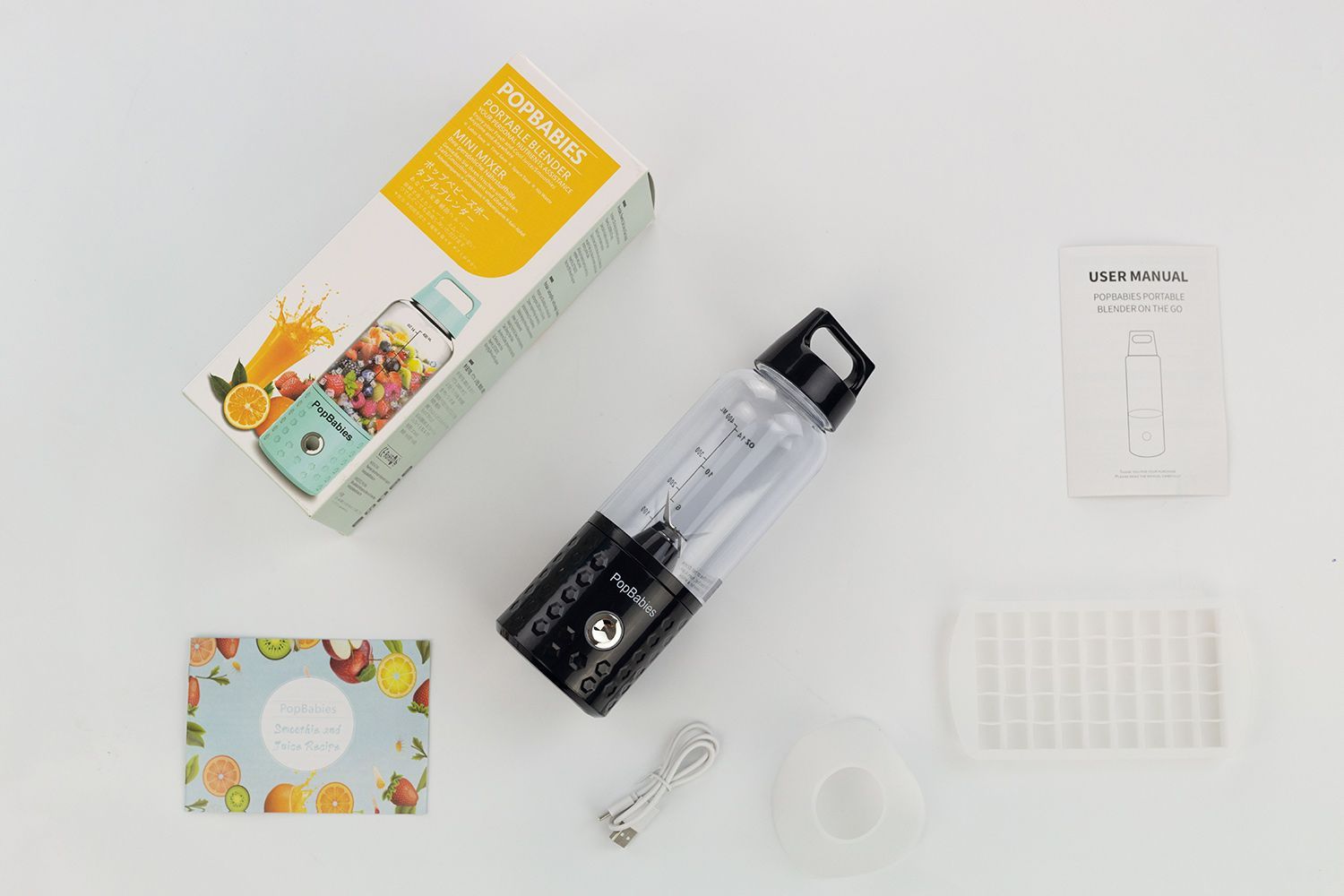
- Motor base
- Blending cup
- Rubber funnel
- Ice cube tray
- Charging cable
- Recipe & user manual
Dimensions
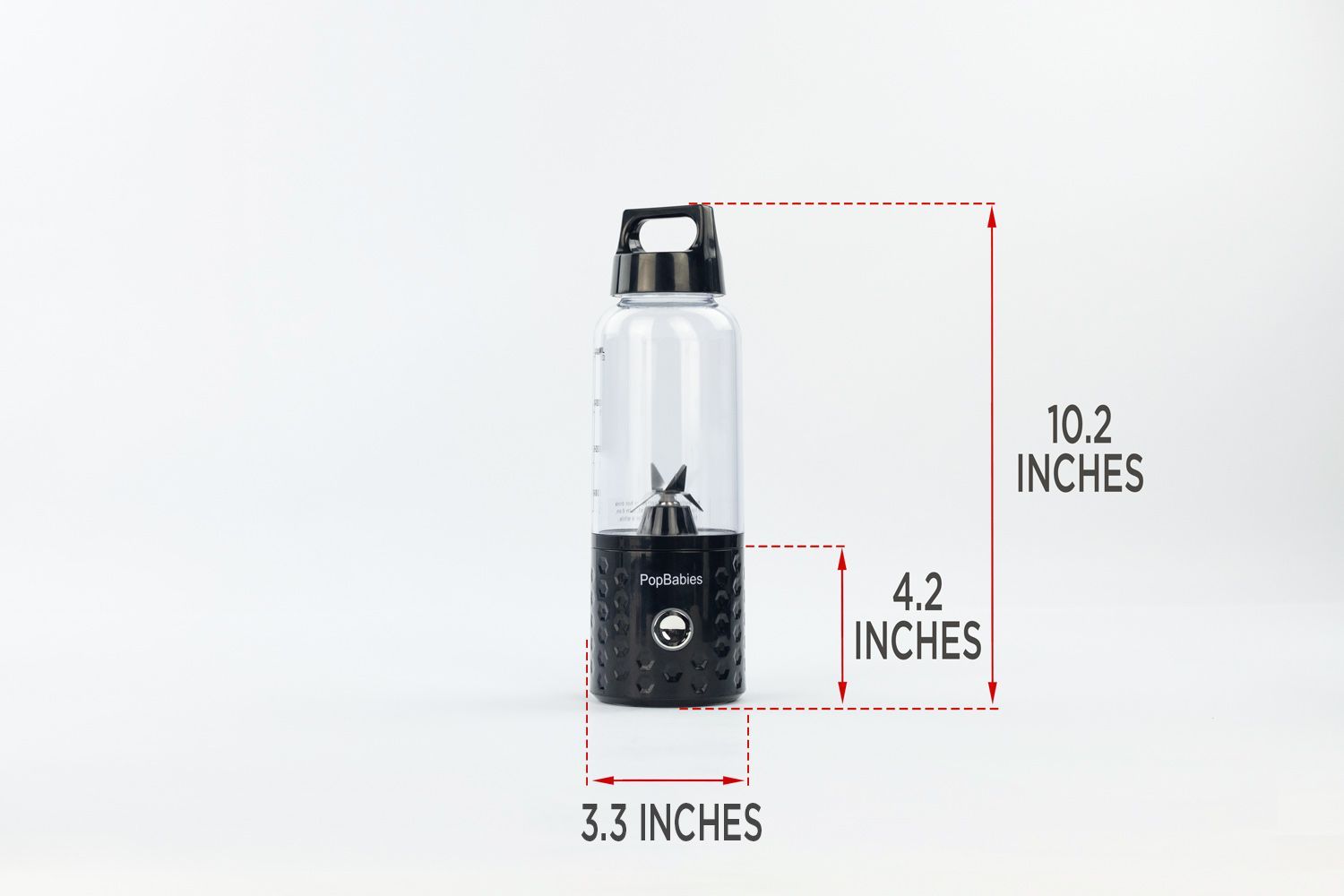
6.5 Build Quality

The PopBabies blender comes across as inexpensive, with the use of cut-rate materials. There are a lot of plastic parts that look cheap and are prone to scratching. Even after taking care to avoid using abrasive cleaning tools, we found multiple little scratches appeared on both the inner and outer surfaces. We were also disappointed to find that the cup did not hold up well over time as it somehow became cloudy with use, detracting from the overall appearance of the blender. The blade is adequate for the blender's price range, but it still lacks the sturdiness necessary for consistent performance found on higher-priced models.
6.0 Blades
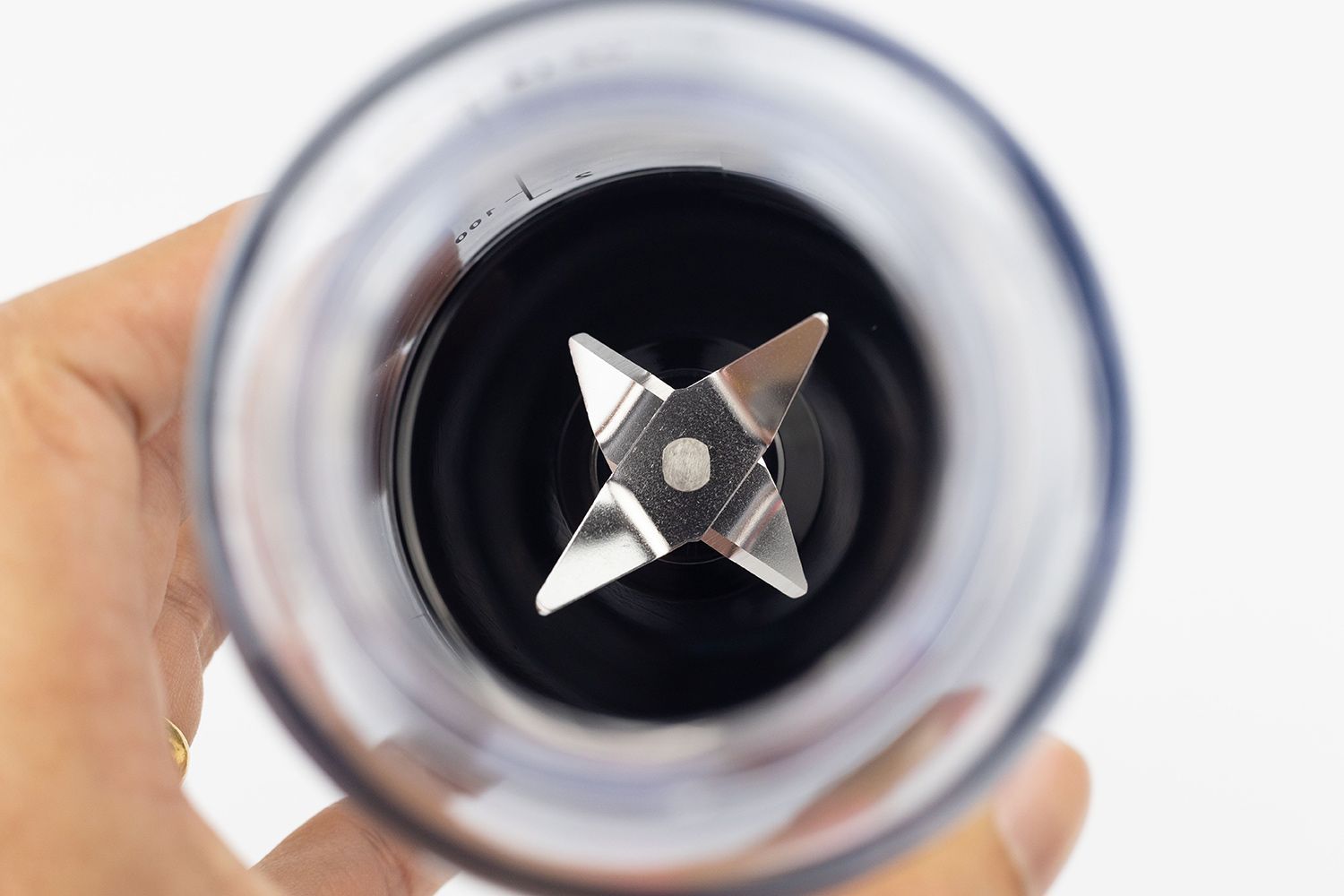
The PopBabies features a stainless steel blade assembly that is noticeably short and not very sharp compared to other personal blenders. While it may offer some benefits, we questioned whether this design could provide sufficient contact between the blades and ingredients for quick and even blending, and our experience with the blender confirmed that it was not as impressive as it may have appeared on paper. Furthermore, the blade assembly is permanently attached to the motor base, unlike most personal blenders. This makes it more challenging to clean the blades thoroughly, especially on the undersides.
Motor Base




The motor has a peak power output of 175 watts. It has a 20-second idle blending time and shouldn’t run continuously for a long time per interval. In case it goes beyond the idle time frame, the blender will automatically stop and you will have to press the switch again should you want to continue blending. The safety mode is critical in preventing overloading and subsequent damage to the blender's components. Other blenders may rely on silicone feet for stability, but this model defies convention. Despite lacking this feature, we found it remained remarkably stable on the counter during all of its testing performance, with no significant movement to report. It's a small detail, but one that speaks to the blender's usability.
5.0 Blending Cup
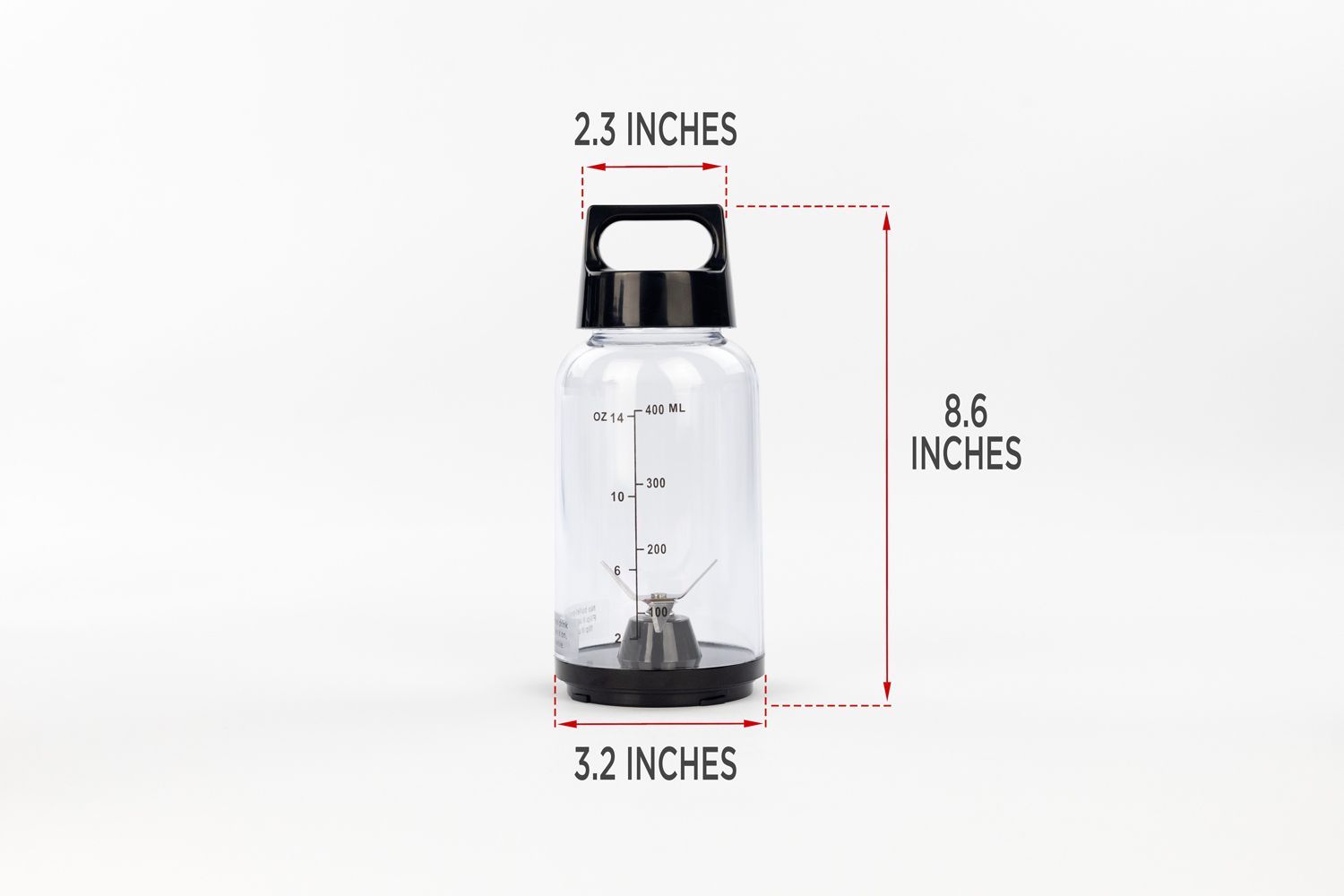
The blender comes with a 16-ounce capacity cup made of AS material. After rigorous testing, we found some areas being scratched, but it didn't affect the blender's performance in any way. The cup's lid provides a tight seal that prevents leaks, even during vigorous shaking or when the cup is turned upside down. To ensure optimal safety, it's essential to keep the lid securely closed and avoid adding ingredients while the blender is in operation. Additionally, the cup's small opening can make adding ingredients a bit challenging, but the included rubber funnel helps to prevent mess and spills.
Speed and Controls
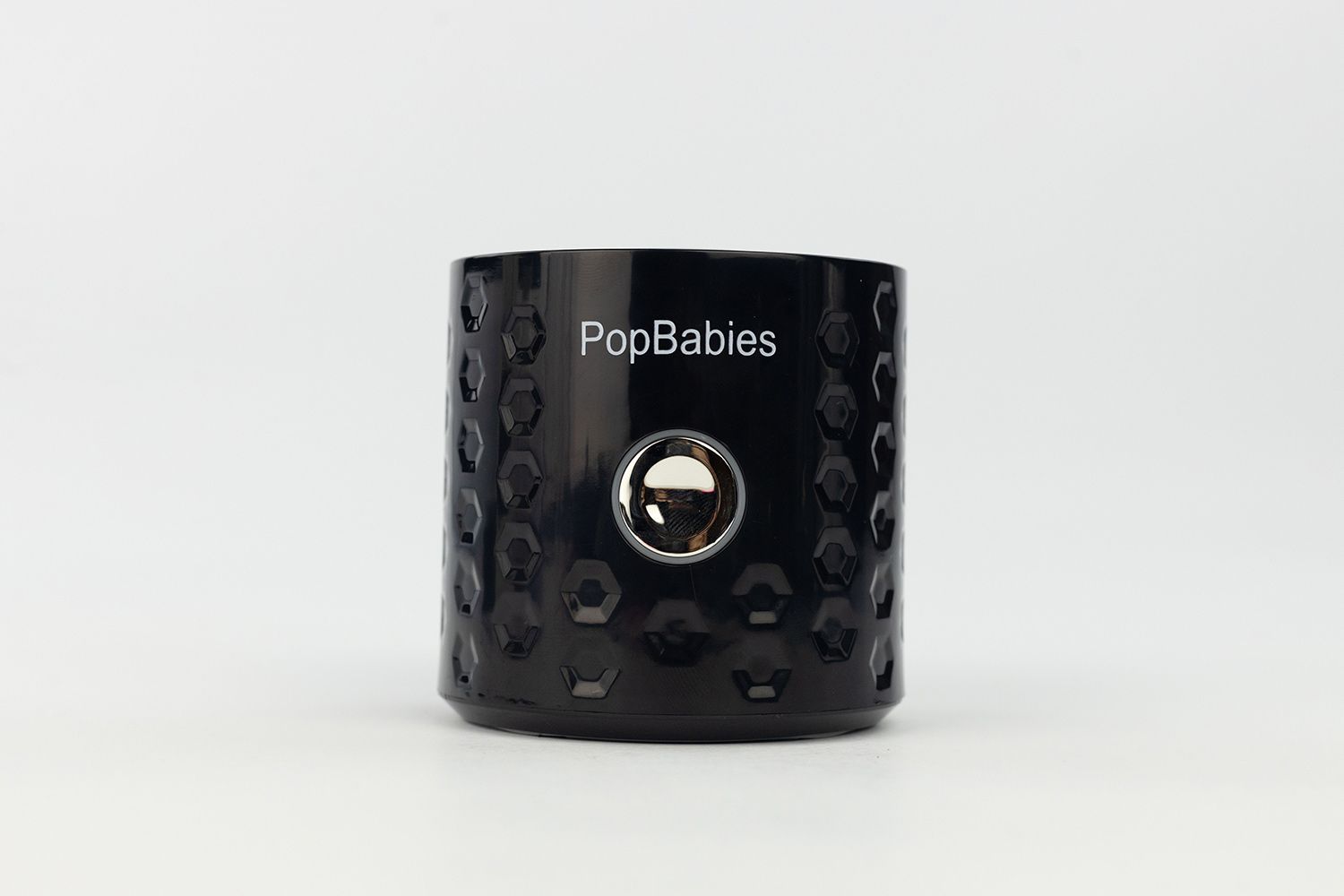

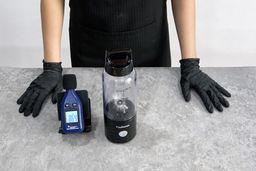
The blender features a single-speed function that can be easily activated through a touch button. While it doesn't have a dedicated pulse function, you can still achieve a similar effect by rhythmically tapping the button in short bursts. Since the button requires only slight pressure to operate, you can get control over the blending process with ease.
4.6 Usability
The cordless feature makes the PopBabies highly portable, but apart from that, this blender doesn't offer much other benefit. The weak motor struggles to draw ingredients towards the blade, necessitating frequent shaking and manual manipulation to achieve a smooth blend. The cleaning and assembly procedures can also pose challenges, which may be frustrating for users who are looking for a hassle-free and effortless blending experience.
3.0 Hands-Free Operation
The PopBabies personal blender simplifies the blending process by allowing users to hit the power button instead of continuously holding it, as required by most traditional personal blenders. However, the device's cross blade is prone to clogs, which may impede the blending process when using solid ingredients such as hard nuts and root vegetables. Therefore, close monitoring of the blending process is necessary to detect obstructions early and prevent damage to the device.
In addition, the blender's automatic shut-off feature after 20 seconds of operation may inconvenience users as they have to press multiple times to resume blending, leading to a potentially impaired end-product quality. All things considered, hands-free operation alone cannot guarantee optimal convenience, and users must remain vigilant throughout the blending process.
7.0 Assembly
Assembling the lid, cup, and motor is a simple task. Our recommendation is to attach the lid to the blending cup first, then secure the cup to the motor. However, keep in mind that the force required for tightening may pose a challenge for individuals with oily or wet hands. Furthermore, there is no audible "click" or visual cue to indicate whether the assembly was successful. The only way to know for sure is to press the power button. It's also important to note that simply tightening the cup to the motor for operation can be a safety risk, as it can easily be done by a child.
Disassembling the blender is equally effortless, just reverse the assembly process.
7.0 Cleanability
The lid, funnel, and blending cup can be safely placed on the top rack, but it's recommended to wash them by hand with warm, soapy water to prevent rapid degradation. However, it can be a bit challenging, especially when it comes to cleaning the blade's undersides. The blade is permanently attached to the cup, making it difficult to clean its nooks and crannies. Not to mention, the small opening of the cup makes it hard to reach the blade. In this case, a bottle-cleaning brush is essential to ensure that the blade assembly is entirely free of any food debris.
We've also tried a water-only cleaning method, where we fill the blending cup half full with water and let it blend itself to remove food residues from the blade. However, we found that this method wasn't as effective as manually cleaning the blade under running tap water with a brush. This is especially true if you're dealing with tougher residues that the self-blending action alone can't remove.